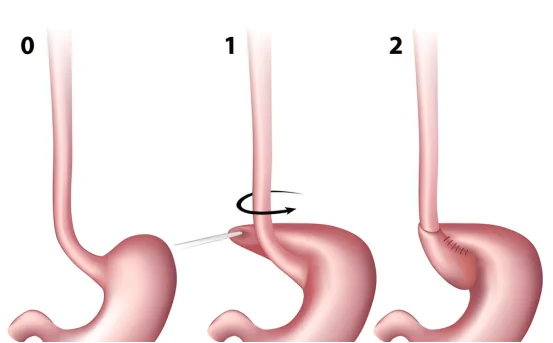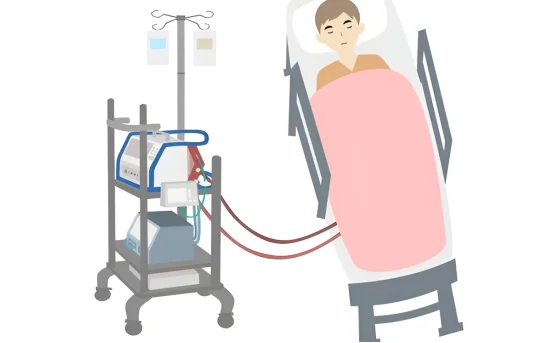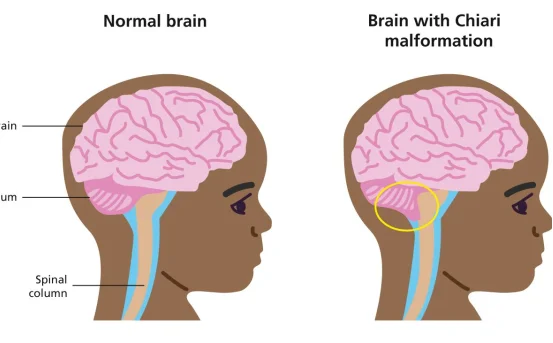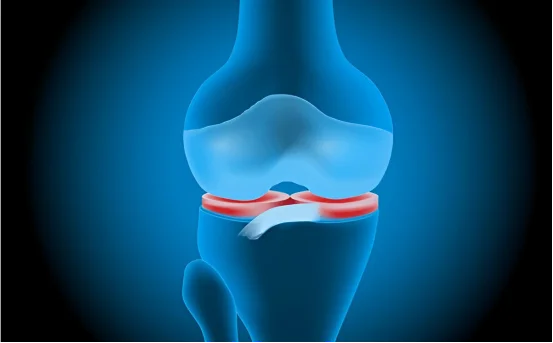Gastroesophageal reflux disorder (GERD) is a problem that affects millions of people around the world with chronic heartburn that can lead to chest pain, acid reflux and even trouble swallowing. Although lifestyle changes and medication frequently help with symptoms, there are some who require surgery in cases where these methods are not enough. This is where Fundoplication Surgery comes into play.
Fundoplication is a non-invasive surgery that improves the esophagus’s lining and stomach in order to stop acid reflux. There are a variety of fundoplication surgeries, all specifically tailored to the patient’s health and anatomy. In this article we’ll discuss the various kinds of fundoplication surgeries and their advantages along with their risks and benefits, as well as the healing process, so that you’ll be able to better understand the treatment options available to you.
What is Fundoplication Surgery?
Fundoplication is a surgery commonly used to treat high-grade acid reflux as well as hiatal hernia and GERD. A surgeon wraps the top portion of stomach (called the fundus) around the lower portion of the esophagus. This helps to make the lower esophageal muscle (LES) function better and stops stomach acid from leaking back into the esophagus.
Fundoplication is possible by surgery that is laparoscopic (keyhole) and open surgical techniques. Laparoscopic surgery is more preferred because of the shorter hospital stay quicker recovery times, as well as less scarring.
Types of Fundoplication Surgery
There are four main forms of fundoplication surgery that each have distinct benefits and are best suited for various patient characteristics:
Understanding the types of fundoplication surgery can help patients make informed decisions about their treatment options.
Nissen Fundoplication (Complete 360-Degree Wrap)
The Nissen Fundoplication procedure is one of the frequently performed and standard form for the process. The procedure involves wrapping around the upper portion of stomach (360 degrees) around the lower part of the esophagus.
Ideal for:
- Patients suffering from severe GERD
- Patients with large hiatal hernias.
Advantages:
- High rate of success (over 90% of symptom relief)
- Lasting results
- It prevents acid and bile reflux efficiently
Considerations:
- Can cause difficulties eating (dysphagia) in certain cases.
- Not recommended for patients with poor esophageal mobility
Toupet Fundoplication (Partial 270-Degree Wrap)
Toupet Fundoplication is an incomplete 270-degree posterior wrap that wraps the stomach in the middle of the esophagus. It is typically used to treat patients with weak muscles of the esophageal.
The best for:
- Patients with esophageal motility issues
- GERD patients who can’t take a wrap
Advantages:
- Reduction in the chance of postoperative issues with swallowing
- Allows for more natural esophagus movement.
- Effective reflux control in selected patients
Considerations:
- A little less control of reflux when compared to Nissen
- Not suitable for large hiatal hernias.
Dor Fundoplication (Anterior 180-200-Degree Wrap)
Dor Fundoplication is an anterior partial (front-side) cover that covers around 180 to 200 degree of the esophagus. This procedure is usually used as a part of other procedures, such as Heller myotomy to treat Achalasia.
The best for:
- Patients who undergo surgery to treat Achalasia
- People who require moderate reflux control with little pressure
Advantages:
- Preserves natural esophageal function
- Lower chance of developing gas Bloat syndrome
- Quick recovery and minimally invasive
Considerations:
- Not as effective for serious GERD
- Reflux is a condition that can occur in a few patients.
Watson Fundoplication (Anterior Partial Wrap)
Watson Fundoplication, referred to as anterior partial fundoplication is not often performed, but is an alternative option for certain patients. It is a partial 180-180-degree wrap around the stomach, which is placed in front of the esophagus.
The best for:
- Patients suffering from mild to moderate GERD
- People who are not tolerant of tight wraps
Advantages:
- Maintains normal swallowing
- Gas levels postoperatively lower production and gastric bloating
Considerations:
- Data on long-term trends are scarce.
- Not recommended for large hernias or for severe reflux.
How Do Surgeons Decide Which Type to Use?
The selection of the fundoplication method depends on many aspects, such as:
- The severity of acid reflux
- The presence of hiatal hernia
- Esophageal mobility (muscle function)
- Age of the patient and overall health general health
- The experience of the surgeon and his recommendations
Diagnostic tests such as esophageal Manometry as well as 24-hour pH monitoring and swallowing barium aid in the process of making a decision.
Benefits of Fundoplication Surgery
- For a long time, relief GERD symptoms
- The reduced need for lifelong prescriptions
- Life quality improved
- Preventing complications such as Barrett’s esophagus or esophagitis or cancer of the esophagus.
Potential Risks and Complications
Although fundoplication is generally uninvolved, the potential dangers are:
- Slurred swallowing (dysphagia)
- The gas-bloat disorder (inability to vomit or burp)
- Recurrence of symptoms related to reflux
- The possibility of bleeding or infecting (rare)
These risks differ based on the kind of fundoplication used and the patient’s health history.
Recovery After Fundoplication Surgery
The length of recovery time may vary depending on the procedure:
- Hospitalization for 1 to 3 days for laparoscopic surgery.
- Return to work typically within a couple of weeks
- Diet Transition from soft food to liquids in 2 to 4 weeks
- Activity: Avoid lifting heavy for a minimum of about 4-6 weeks
The following postoperative care guidelines and diet is essential for a successful recovery.
Conclusion
Fundoplication surgery can be a trusted and often life-changing option for patients suffering from frequent acid reflux as well as GERD. Understanding the different types of fundoplication surgery Nissen, Toupet, Dor, and Watson–can help patients make informed decisions about their care in consultation with a gastroenterologist or surgeon.
Each procedure has the advantages and drawbacks. If you choose the best procedure based on your personal health condition, you can anticipate efficient symptom control, quicker recovery and a general increase in the quality of your life.























